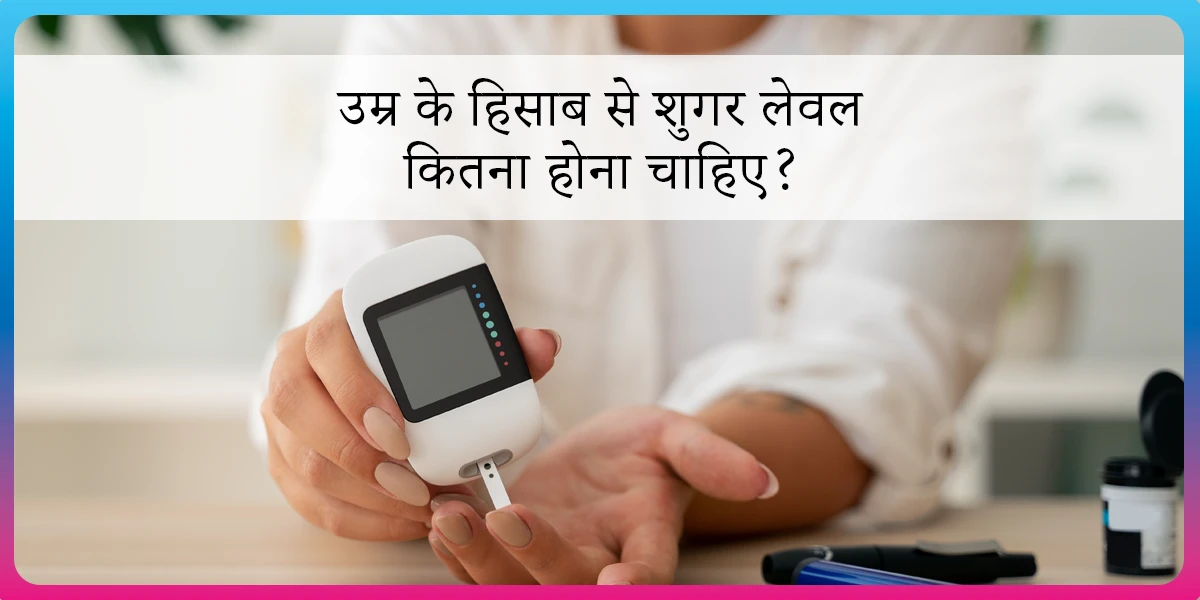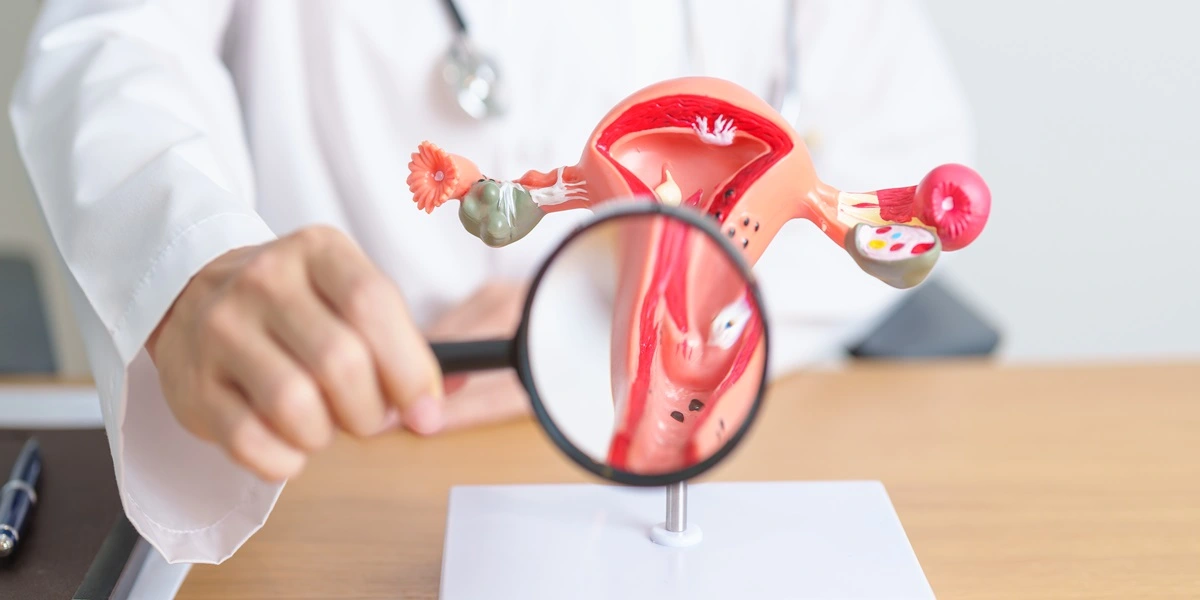What are the Symptoms of High Blood Pressure?
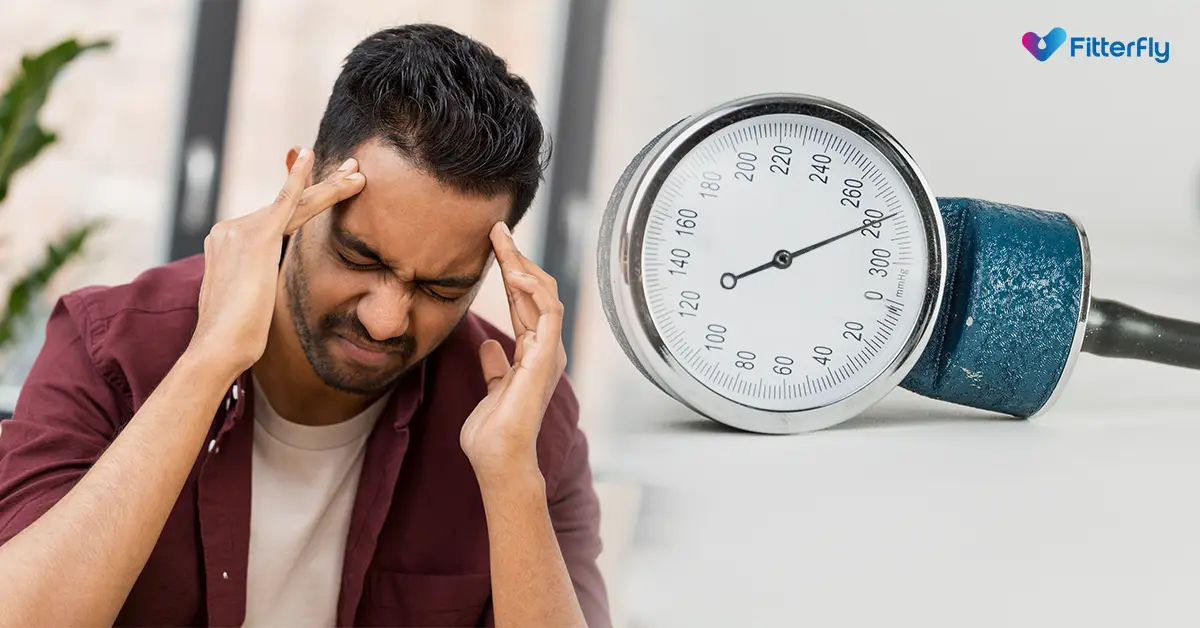
With a busy life and stress levels being often high, it’s easy to overlook the subtle signs of health issues like high blood pressure. You might ignore your severe headaches or think that feeling dizzy is just because you skipped breakfast.
But did you know these could be early signs of high blood pressure?
Hypertension, also called the “silent killer,” usually has no apparent symptoms, making it difficult to diagnose early. Read on to understand the common symptoms of high blood pressure.
Find your heart's true age to prevent complications.Heart Age Calculator
Common Symptoms of High Blood Pressure
Since high blood pressure can go unnoticed for years, recognising even the slightest symptoms can make a difference in timely diagnosis and care. Let’s take a closer look:
1. Headaches
Have you ever experienced a throbbing headache that just won’t go away? It can be more than just a stressful day.
High blood pressure can cause headaches, especially if the pressure rises suddenly. This happens because the increased pressure in your arteries affects blood flow to the brain, causing discomfort and pain.
2. Dizziness or Lightheadedness
Feeling dizzy or lightheaded? It may not always be due to standing up too quickly. Dizziness can occur when your blood pressure spikes, disrupting the normal flow of oxygen-rich blood to your brain.
3. Blurred Vision
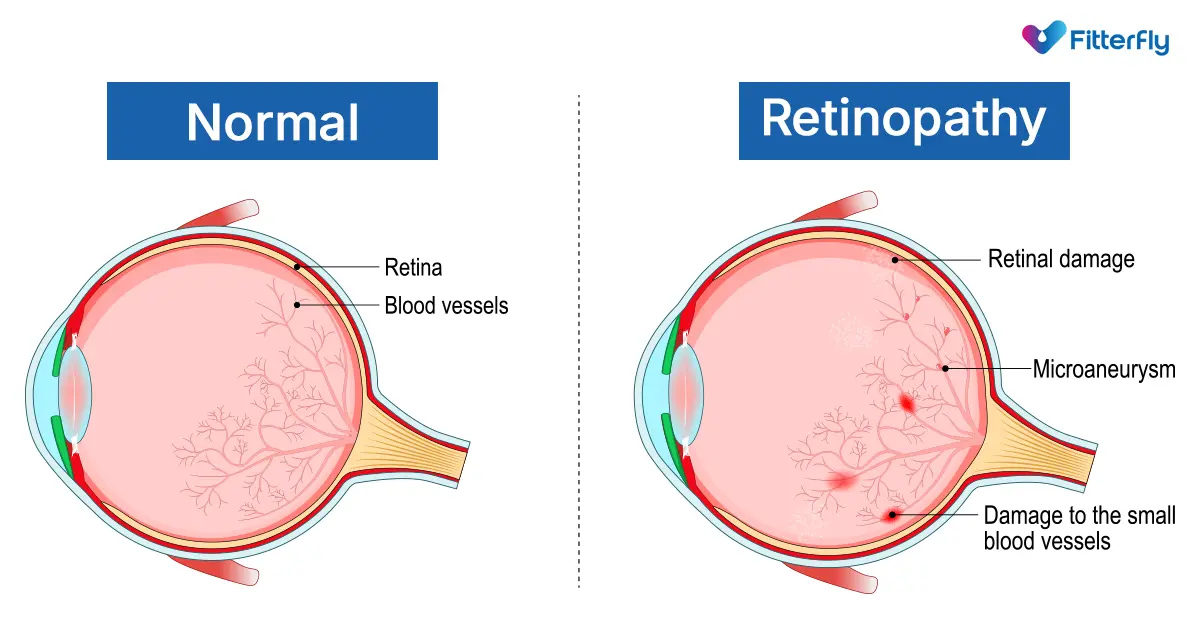
Blurred or double vision can be a scary experience, and high blood pressure might be the culprit. Hypertension can damage the blood vessels in the eyes, leading to vision problems. This is why regular eye check-ups are crucial, especially if you have high blood pressure or a family history.
4. Chest Pain
Chest pain or discomfort signals that your heart is under stress from high blood pressure. When your heart has to work harder to pump blood through your body, it can lead to pain or a feeling of tightness in your chest. This symptom should never be ignored as it could indicate more serious heart-related issues.
5. Shortness of Breath
If climbing a few stairs leaves you breathless more often than it used to, high blood pressure might be affecting your heart and lungs. This symptom typically appears when your heart is struggling to cope with the increased workload.
6. Confusion
Have you ever felt mentally foggy or had trouble focusing? Extremely high blood pressure can strain the blood vessels that supply your brain, leading to moments of confusion or difficulty concentrating.
7. Abnormal Heart Rhythm
An irregular heartbeat, known as arrhythmia, might feel like your heart is skipping beats or racing unexpectedly. This can happen when your heart is working harder to push blood through constricted arteries.
Over time, this can lead to more severe heart conditions if untreated.
8. Nausea
Experiencing nausea without a clear cause? A sudden spike in blood pressure can sometimes make you feel nauseous as your body reacts to the increased pressure. If you notice this happening often, it might be time to check your blood pressure.
9. Anxiety
High blood pressure doesn’t just affect your physical health; it can also impact your mental well-being. Persistent hypertension can trigger feelings of anxiety or a heightened sense of unease as your body struggles to cope with the elevated stress levels.
10. Nosebleeds
Frequent nosebleeds aren’t a common sign of high blood pressure but can occur if the pressure becomes excessively high. Tiny blood vessels in the nose are vulnerable to sudden spikes in pressure, which may cause them to rupture, leading to a nosebleed.
It is important to note that the symptoms of high blood pressure aren’t specific. They usually don’t occur until the condition has reached a severe or life-threatening stage.
Why Do High Blood Pressure Symptoms Occur?
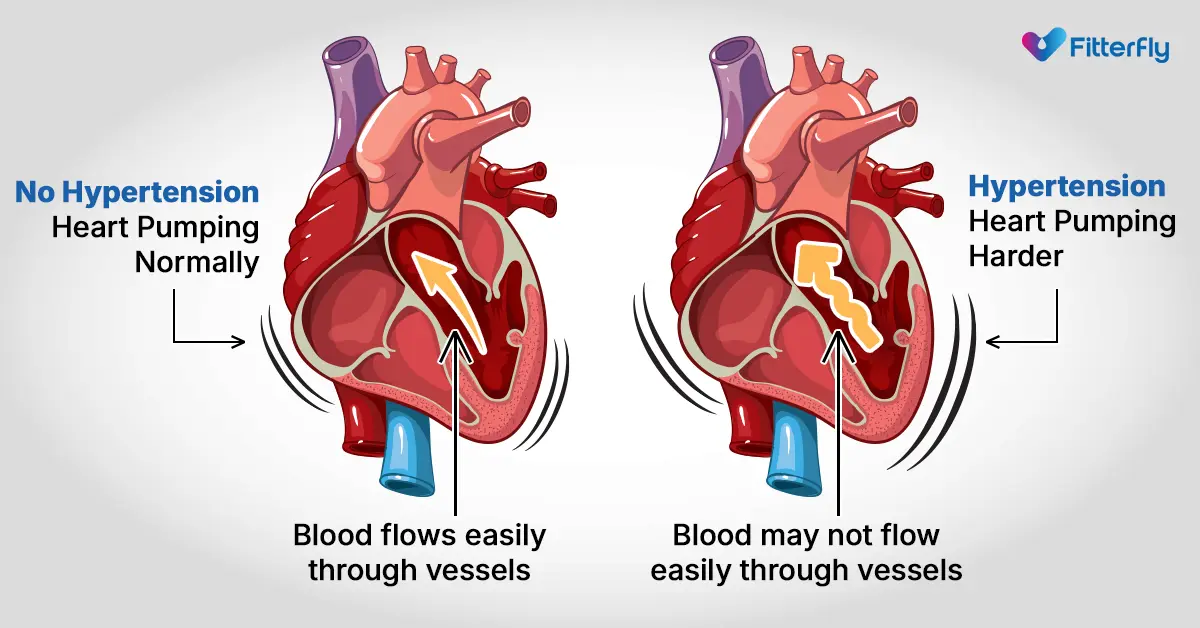

High blood pressure symptoms arise due to your body’s response to the strain on the blood vessels. Let’s understand the series of events that lead to these symptoms:
1. Increased Pressure on Blood Vessels
As blood pushes more forcefully against artery walls, the inner lining of blood vessels (endothelium) can become damaged. This damage weakens the arteries, making them less flexible and more prone to narrowing (atherosclerosis).
Over time, this can lead to long-term complications like chronic headaches, vision problems (due to damage in the delicate blood vessels in the eyes), and nose bleeds.
2. Heart Overload
As the arteries narrow and the pressure inside them increases, the heart must work harder to pump blood through these constricted pathways. This overexertion of the heart leads to what’s called heart overload, where the heart muscle thickens (hypertrophies) to handle the increased workload.
While this may seem like the heart adapting, it actually becomes less efficient at pumping blood and, eventually, causes symptoms like chest pain and even heart failure. As the heart struggles, it also becomes more prone to arrhythmias and other heart-related issues.
3. Reduced Oxygen Flow
As blood pressure rises, it puts extra strain on the blood vessels, making it more difficult for blood to flow smoothly. Over time, this causes the artery walls to become thicker or narrower. This reduced space within the arteries restricts the flow of oxygen-rich blood to vital organs like the brain, heart, and muscles.
The reduced oxygen flow results in symptoms like dizziness, fatigue, and shortness of breath. The longer the body is deprived of adequate oxygen, the more widespread the damage becomes.
This is how high blood pressure creates a vicious cycle in which the heart, blood vessels, and organs are increasingly strained, eventually leading to more severe symptoms and health complications if left unmanaged.
Understanding Blood Pressure Readings
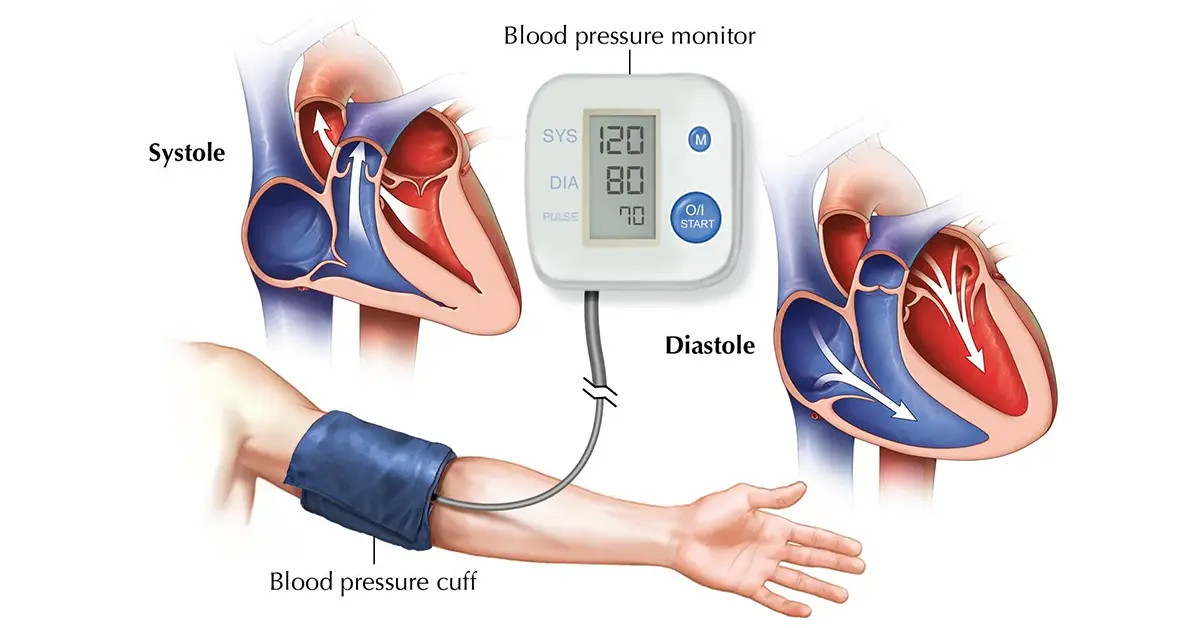

Relying solely on symptoms to detect high blood pressure isn’t advisable, as many people don’t experience any. Regular blood pressure checks are crucial for early diagnosis.
You can measure your blood pressure at home using a digital monitor. Blood pressure readings are measured in millimetres of mercury (mm Hg).
The top number (systolic) measures the pressure in your arteries when your heart pumps blood, and the bottom number (diastolic) shows the pressure in your arteries when your heart is resting between beats.
Here’s a simple guide to understanding blood pressure readings:
| Category | Systolic (mm Hg) | Diastolic (mm Hg) |
| Normal | Less than 120 | Less than 80 |
| Elevated | 120-129 | Less than 80 |
| Stage 1 Hypertension | 130-139 | 80-89 |
| Stage 2 Hypertension | 140 or higher | 90 or higher |
| Hypertensive Crisis | 180 or higher | 120 or higher |
When Should You See a Doctor?
Even without any symptoms of high blood pressure, regular blood pressure checks can help you stay ahead. If you ever experience a severe headache, chest pain, shortness of breath, or a nosebleed, check your blood pressure.
If it’s over 140/90 mm Hg, rest for five minutes and check again. If it’s still high, seek medical attention immediately.
If you’re between 18 and 39 years old with a family history of hypertension or older than 40, check your blood pressure every year. In severe cases where symptoms like chest pain or vision problems are present, don’t hesitate to visit your doctor; it could be a hypertensive crisis that requires urgent care.
How we at Fitterfly can help you?
In India, where hypertension is becoming increasingly common, being proactive about your health is essential. If you experience any of these symptoms of high blood pressure, taking action early is key.
At Fitterfly, we offer tailored diet plans, exercise routines, stress management techniques, and real-time health tracking through our app, which can make managing high blood pressure easier.
With expert guidance from our doctors and fitness professionals, you can avoid a future heart health emergency and make lasting lifestyle changes to improve your health.
Are you ready for a positive health journey? If yes, enroll in our FitHeart Program today. For further details, call us at 08047360646. We will be more than happy to help you!
This blog provides general information for educational and informational purposes only and shouldn't be seen as professional advice.









